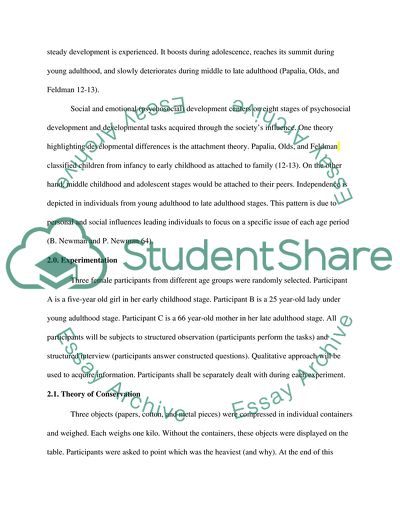Cite this document
(Cognitive, Physical and Social and Emotional Developmental Differences across Ages Report Example | Topics and Well Written Essays - 1500 words, n.d.)
Cognitive, Physical and Social and Emotional Developmental Differences across Ages Report Example | Topics and Well Written Essays - 1500 words. https://studentshare.org/psychology/1777064-developmental-differences-on-tasks
Cognitive, Physical and Social and Emotional Developmental Differences across Ages Report Example | Topics and Well Written Essays - 1500 words. https://studentshare.org/psychology/1777064-developmental-differences-on-tasks
(Cognitive, Physical and Social and Emotional Developmental Differences across Ages Report Example | Topics and Well Written Essays - 1500 Words)
Cognitive, Physical and Social and Emotional Developmental Differences across Ages Report Example | Topics and Well Written Essays - 1500 Words. https://studentshare.org/psychology/1777064-developmental-differences-on-tasks.
Cognitive, Physical and Social and Emotional Developmental Differences across Ages Report Example | Topics and Well Written Essays - 1500 Words. https://studentshare.org/psychology/1777064-developmental-differences-on-tasks.
“Cognitive, Physical and Social and Emotional Developmental Differences across Ages Report Example | Topics and Well Written Essays - 1500 Words”. https://studentshare.org/psychology/1777064-developmental-differences-on-tasks.


